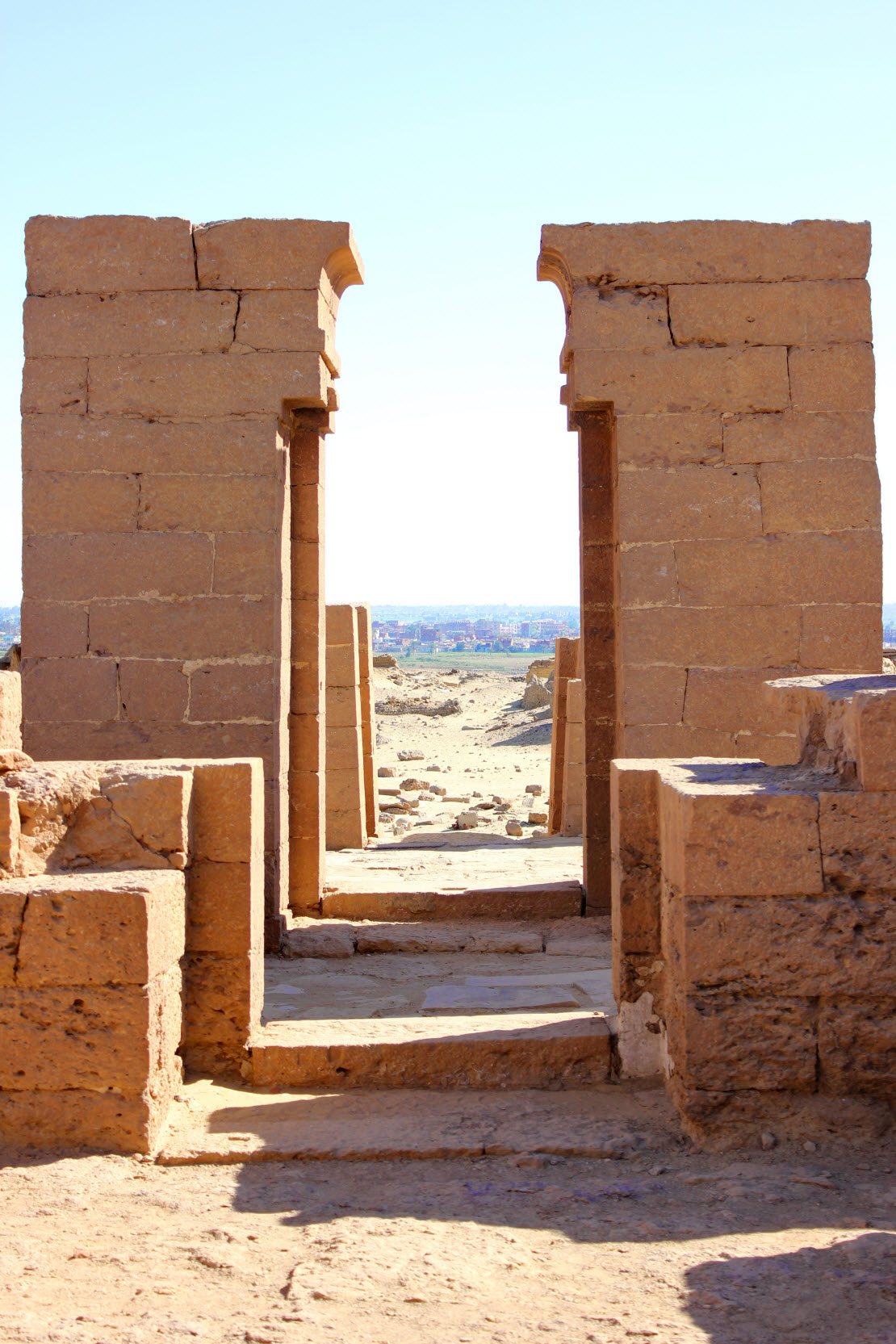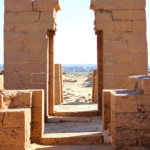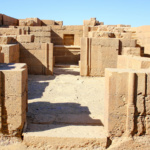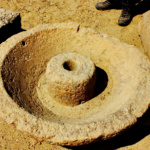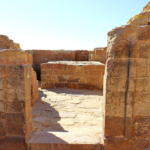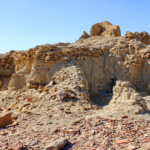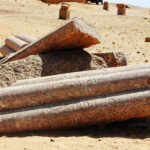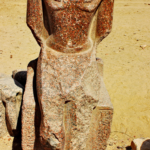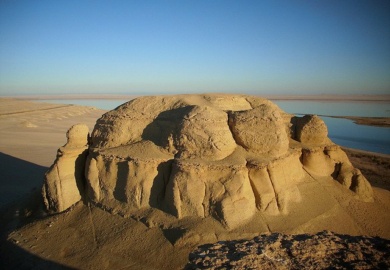Karanis
Discover authentic desert adventure in one of the largest Greco-Roman cities in Fayoum, built by the Ptolemies in the third century BC. What remains today of the city are two well preserved temples dedicated to crocodile gods and a Roman bath. It also has an interesting museum displaying a wide range of glassware, jewellery and pottery discovered on site.
The extensive ruins of ancient Karanis are 25 km North of Madinat Al Fayoum, on the edge of the oasis depression, along the road to Cairo. Founded by the mercenaries of Ptolemy II in the 3rd century BC, this was once a mudbrick settlement with a population in the thousands. Today little of the ancient city remains intact aside from half-buried, crumbling walls scattered across the sand and the two temples. The larger and more interesting temple was built in the 1st century BC and is dedicated to two local crocodile gods, Pnepheros and Petesouchos. The temple also has inscriptions dating to the time of the Roman emperors Nero, Claudius and Vespasian.
Less remains of the North temple. There is an ancient pigeon tower similar to those you see throughout Egypt now. In the domestic area near the temple is a bathtub adorned with frescoes.
Museum is next to what was once Lord Cromer’s field house. It has a collection of artefacts from sites around Fayoum. It includes objects from the Pharaonic, Graeco-Roman, Coptic and Islamic eras. There are also columns and stone statuary remnants rescued from Kiman Faris (ancient Crocodilopolis) which was erased by the modern city of Madinat Al Fayoum.

